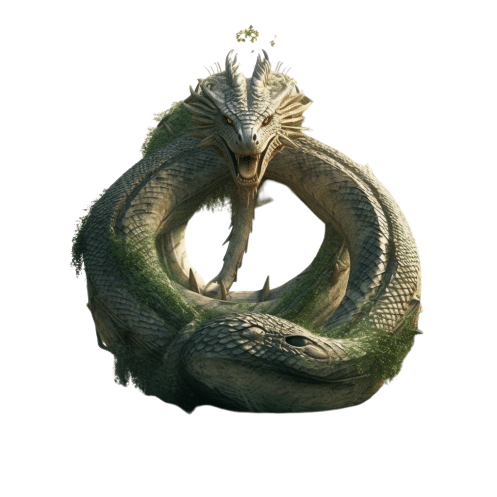Huginn and Muninn: The Ravens of Odin
If you know anything about Norse mythology, you’ve probably heard about Huginn and Muninn: the ravens of Odin. Raven lore has been popular for centuries. Therefore, it’s no surprise that you can find them perched atop the shoulders of a Norse God. While we don’t know the earliest accounts of raven mythology, we can trace it back roughly 1500 years.

Pre-Viking Age Raven Lore
The mythology of ravens stretches back further than what we know as the Viking Age. We have evidence of raven lore during the migration period, which covers the 5th and 6th centuries. Archaeological finds have revealed jewelry depicting figures believed to be Odin. The figure is flanked by a pair of ravens, and holding a spear. This certainly sounds like other representations of the Norse God Odin. The period between the Migration and Viking Age is known as the Vendel Era in Sweden. Archaeological records from this period also reveal helmet plates which are believed to be visual depictions of Odin. The plates possess many elements of the Norse worldview. A figure believed to be Odin, is flanked again by two ravens. He is holding a spear, and being confronted by a serpent.
The medieval Icelandic historian Snorri Sturluson spoke of Huginn and Muninn in his 13th century compilation known as the Prose Edda.
Traditional sources mention a pair of ravens who sit upon Odin’s shoulders. The curious birds are more than mere spies. They embark on daily flights to collect the knowledge of the universe. These mighty birds gather everything they see and hear and return to Odin with news of the world. For this reason Odin is often referred to as the “Raven God”.
Thought and Memory
In Old Norse Huginn is believed to mean “thought”, while in Old Norse Muninn is believed to mean “memory”.
According to the Heimskringla, another of the popular works by the skald Snorri Sturluson, and an important part of Norse culture, the ravens Huginn and Muninn possess such magical powers that allow them to speak.
Powerful Norse Symbols
We also find Odin’s ravens mentioned in the Poetic Edda, in the poem Grímnismál. This collection contains the anonymous poetry of skalds from Iceland. It is an extremely important text in Norse mythology. These numerous mentions tell us of the importance of these ravens as powerful Norse symbols.
“Hugin and Munin fly each day
over the spacious earth.
I fear for Hugin, that he come not back,
yet more anxious am I for Munin.”
Connected to Other Religious Practices
American philologist John Lindow, in his book Norse Mythology: A Guide to the Gods, heroes, Rituals, and Beliefs, links Odin’s ability to send his thought and memory through common ravens to shamanic practices. Lindow claims that the stanza from Grímnismál (above) where it is feared that Huginn might not come back, but feared more for Muninn, is similar to the fears experienced by shamans when they enter the trance-like state. Sometimes also believing they can take animal form, there is a threat to the practitioner of magic that spiritual capabilities could prove irreversible.
A stanza preserved in another 13th century text, the Third Grammatical Treatise, also mentions the names of the ravens and speaks to their purpose:
“Two ravens flew
From Hnikar’s shoulders;
Huginn to the hanged
and Muninn to the corpses.”
Important Role
The Ynglinga Saga, elaborates on the stanza above. This text explains that Odin kept Mimir’s head with him. Mimir was sent as a hostage to the Vanir. The hostage was then decapitated and sent back to the Aesir. He gains knowledge from the head. He was said to sit beneath hanged men, and awaken the dead for information. Muninn is amongst the carrion birds, and is mentioned as flying to corpses, while Huginn flies to the hanged man.
There is an intense connection to the importance of memory here. In the stanza from Grímnismál, we see it said that he fears thought will not return. However, he follows that by saying he “trembles more for memory”. It is a beautiful nod to the importance we now place on traditional folklore. Memory was extremely important before Norse civilization was able to record stories from the beginning of the Viking Age.
The 2018 Handbook of Pre-Modern Nordic Memory Studies: Interdisciplinary Approaches, dives deeply into the role of memory studies. A copy of the chapter on Óðinn’s Ravens can be read here.
From the art, runes, and descriptions found in literature, it is evident that Norse people held ravens in high regard. They have become common symbols of the era, and these intellectual birds are still appreciated today.
- Check out more Symbols associated with Odin and the Viking Era on the main page!






